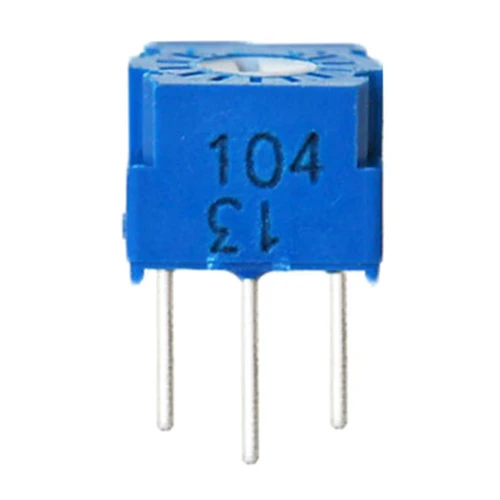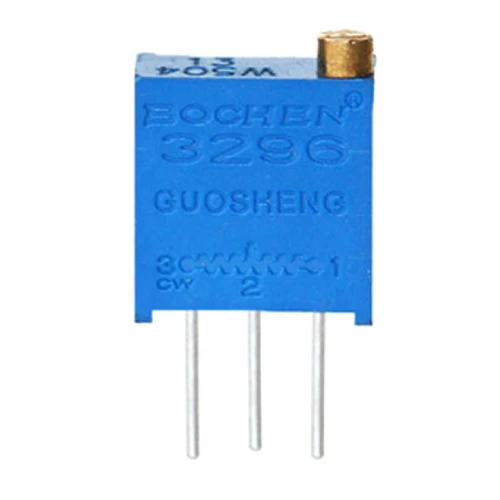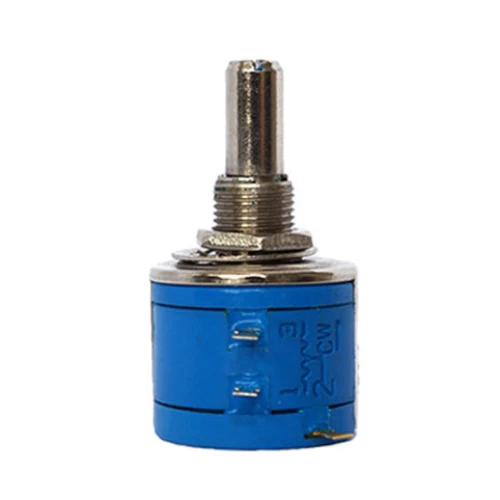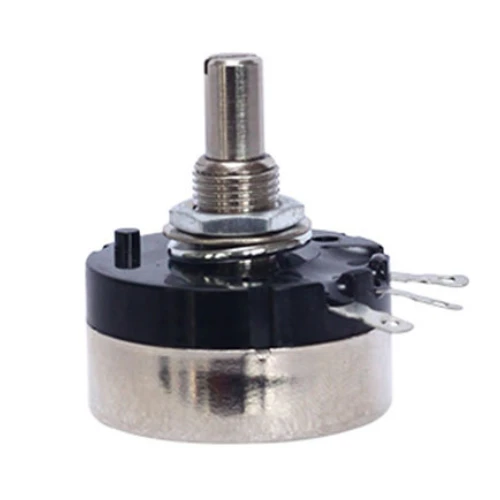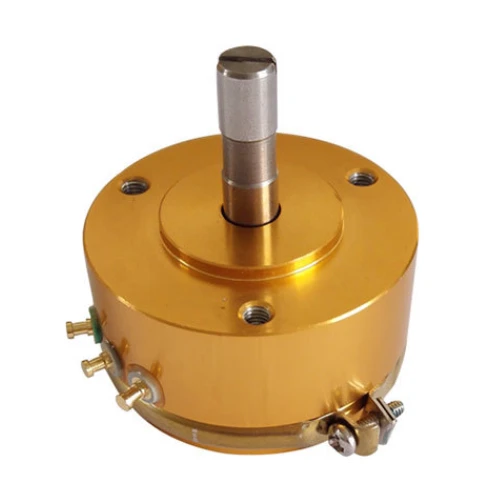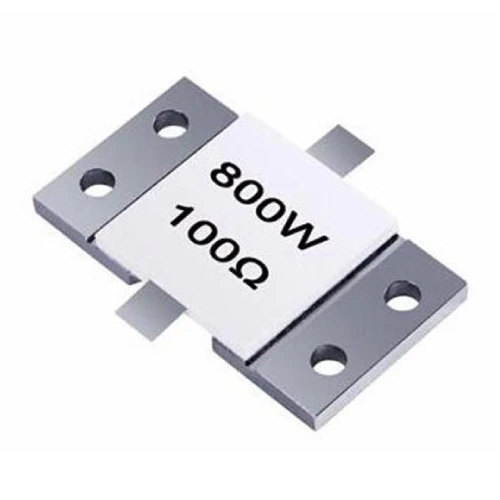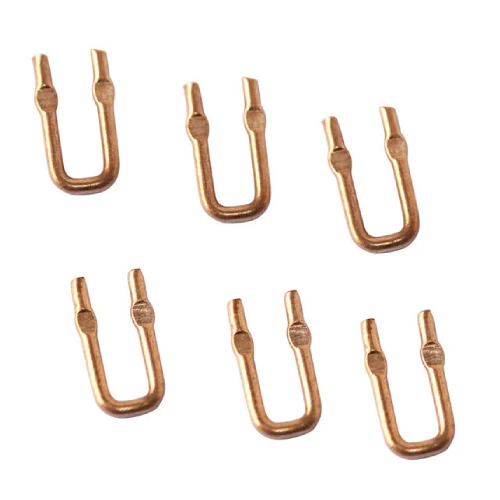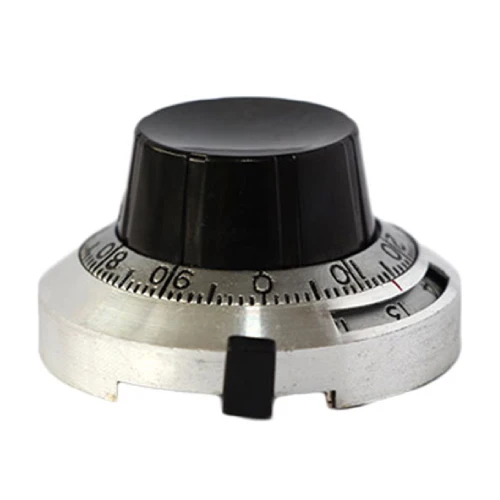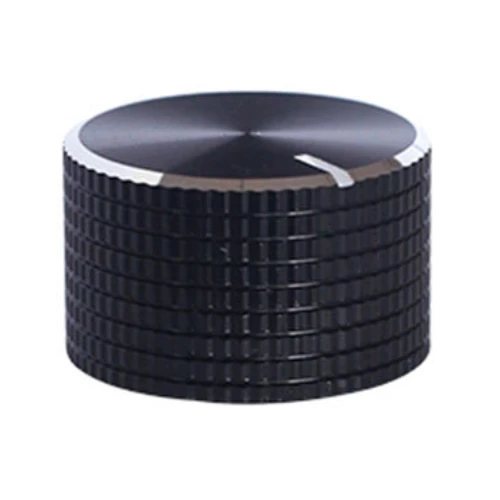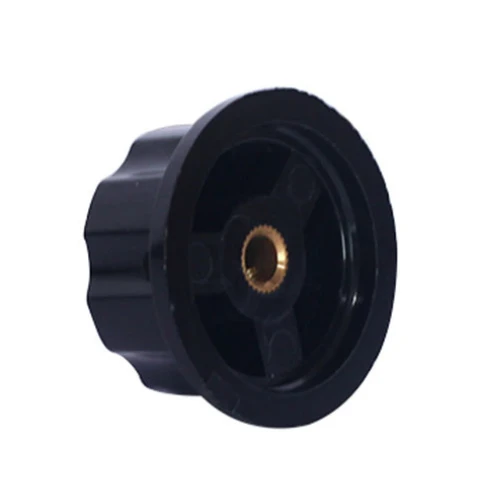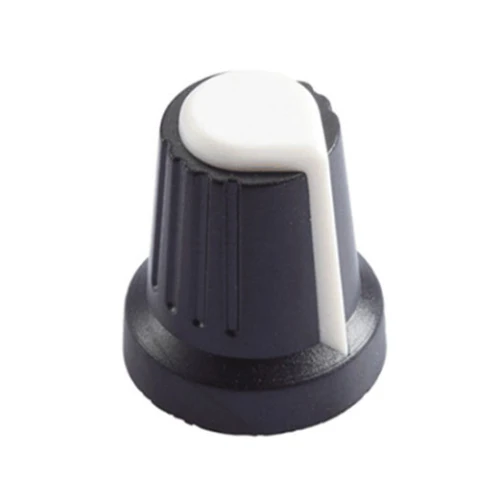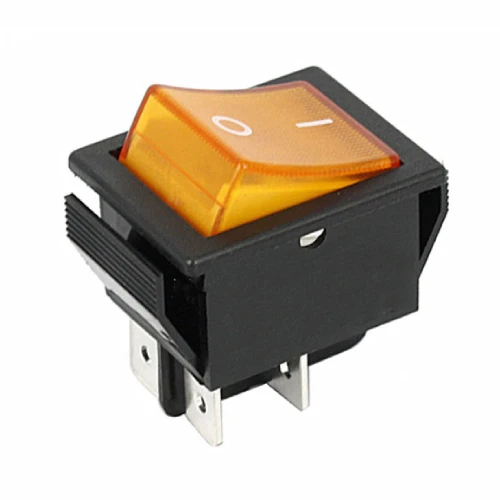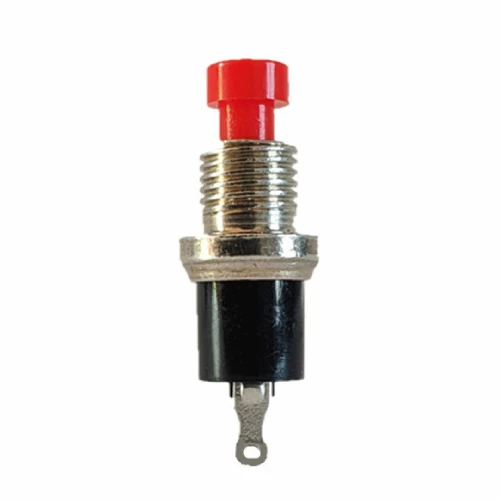How to Properly Use a 3296 Potentiometer for Optimal Performance
Category: Knowledge
Time: 2024-10-04
Summary: Understanding the 3296 Potentiometer: A Comprehensive Guide In the realm of electronics, the **3296 potentiometer** stands out as a crucial component for various applications. This versatile variable resistor allows for precise adjustments in electrical circuits, making it invaluable for projects ranging from simple hobbyist setups to complex industrial devices.
Understanding the 3296 Potentiometer: A Comprehensive Guide
In the realm of electronics, the **3296 potentiometer** stands out as a crucial component for various applications. This versatile variable resistor allows for precise adjustments in electrical circuits, making it invaluable for projects ranging from simple hobbyist setups to complex industrial devices. In this article, we will delve into the intricacies of the 3296 potentiometer, its applications, and best practices for optimal performance.
Table of Contents
- What is a 3296 Potentiometer?
- Applications of the 3296 Potentiometer
- Features and Specifications
- How to Properly Use a 3296 Potentiometer
- Best Practices for Installation
- Troubleshooting Common Issues
- Maintaining Your Potentiometer
- Conclusion
- FAQs
What is a 3296 Potentiometer?
The **3296 potentiometer** is a multi-turn, adjustable resistor widely used in electronic circuits. This device is typically utilized to control voltage levels, adjust signal levels, and set bias current in various electronic applications. Characterized by its small physical size and high precision, the 3296 potentiometer is favored for its ability to provide fine-tuned adjustments over a wide range of resistance values.
Types of Potentiometers
Potentiometers come in several forms, with the 3296 being a **trimming potentiometer**. This specific type is designed for minimal adjustments after the initial setup, making it ideal for calibration and tuning purposes in finished devices.
Applications of the 3296 Potentiometer
The 3296 potentiometer finds its application in various fields due to its versatility and reliability. Some common uses include:
1. Audio Equipment
In audio applications, **3296 potentiometers** are used to adjust volume levels and tone controls. Their ability to provide precise adjustments makes them perfect for ensuring optimal sound quality in amplifiers and mixers.
2. Telecommunication Devices
Telecommunication systems often rely on these potentiometers for signal adjustments and calibration. They help in fine-tuning the performance of devices like radios and transceivers.
3. Power Supplies
In the realm of power supplies, 3296 potentiometers are utilized to set output voltage levels. Their multi-turn nature allows for precise voltage settings that are crucial for sensitive electronic components.
4. Industrial Automation
In industrial applications, the 3296 potentiometer aids in the calibration of sensors and control systems. Its reliability under varying conditions makes it a preferred choice in automation settings.
Features and Specifications
Understanding the **features and specifications** of the 3296 potentiometer is essential for selecting the right component for your application. Here are the key specifications to consider:
1. Resistance Range
Typically available in resistance values ranging from a few ohms to several megaohms, the 3296 potentiometer allows for diverse applications.
2. Power Rating
The power rating of the 3296 potentiometer is usually around 0.5 watts, which should be considered when integrating it into your circuit to prevent overheating.
3. Taper Type
The 3296 is available in linear and logarithmic (audio) taper types. Choosing the correct taper type is essential for the intended application, particularly in audio and signal processing.
4. Multi-Turn Design
The multi-turn design enables finer control over adjustments, allowing for precise calibration in critical applications.
How to Properly Use a 3296 Potentiometer
Using a 3296 potentiometer correctly is crucial for achieving optimal performance. Here’s a step-by-step guide on how to do so effectively:
1. Select the Right Potentiometer
Before using a 3296 potentiometer, ensure that you select the appropriate resistance value for your circuit. Consider the specifications of your project and choose accordingly.
2. Identify the Pins
The 3296 potentiometer typically has three pins: two outer pins are connected to the ends of the resistive track, while the middle pin is the wiper. Understanding this configuration is essential for correct wiring.
3. Connecting the Potentiometer
- **Wiring**: Connect one outer pin to the power supply, the second outer pin to ground, and the middle pin to the circuit where the variable resistance is required.
- **Testing**: After connecting, use a multimeter to verify that the resistance changes as you adjust the knob. This step ensures that the potentiometer is functioning correctly.
4. Calibration
Once connected, calibrate the potentiometer according to your circuit's requirements. Adjust the wiper while monitoring the output voltage or signal to achieve the desired levels.
Best Practices for Installation
To ensure the longevity and optimal performance of your 3296 potentiometer, consider these best practices during installation:
1. Avoid Overheating
Ensure that the power rating is not exceeded during operation, as overheating can lead to damage and unreliable performance.
2. Secure Connections
Make sure all connections are secure to prevent intermittent issues that may arise from loose wiring, which can affect performance.
3. Minimize Physical Stress
Avoid applying excessive physical force to the potentiometer during adjustment, as this can lead to mechanical failure over time.
Troubleshooting Common Issues
Sometimes, even the best components can encounter issues. Here are some common problems associated with the 3296 potentiometer and their solutions:
1. No Resistance Change
If adjusting the potentiometer does not change the resistance, check the wiring connections. A loose or broken connection can prevent the potentiometer from functioning correctly.
2. Intermittent Signal
Intermittent signal issues may occur due to poor connections or internal wear. Inspect the solder joints and replace the potentiometer if necessary.
3. Overheating
If the potentiometer overheats, it may indicate that you are exceeding its power rating. Reassess your circuit design and ensure that the potentiometer is within its safe operating limits.
Maintaining Your Potentiometer
Proper maintenance of the 3296 potentiometer can extend its lifespan and maintain performance. Here are some tips for effective maintenance:
1. Regular Inspection
Conduct periodic checks to ensure that the potentiometer is functioning as expected. Look for signs of wear, corrosion, or damage.
2. Cleaning
Keep the potentiometer clean from dust and debris, as these can interfere with its operation. Use a soft brush or cloth to gently clean the exterior.
3. Proper Storage
If you need to store unused potentiometers, keep them in a dry, dust-free environment to prevent moisture damage and corrosion.
Conclusion
The **3296 potentiometer** is a versatile and essential component in various electronic applications. By understanding its features, applications, and best practices for usage, you can ensure optimal performance and longevity in your projects. Whether you are designing audio equipment, power supplies, or automation systems, mastering the use of the 3296 potentiometer will enhance your ability to create precise and reliable electronic circuits.
FAQs
1. What is the difference between a potentiometer and a rheostat?
A potentiometer has three terminals and is primarily used to adjust voltage levels, while a rheostat has two terminals and is used to control current in a circuit.
2. Can I use a 3296 potentiometer in a high-power application?
No, the 3296 potentiometer is rated for low power applications (typically around 0.5 watts). For high-power applications, consider using a suitable high-power potentiometer or rheostat.
3. How do I determine the resistance value needed for my application?
Assess your circuit requirements and consult the specifications of your components. A multimeter can help measure resistance in existing circuits to guide your selection.
4. Are there any alternatives to the 3296 potentiometer?
Yes, alternatives include other trimming potentiometers with similar specifications or digital potentiometers that offer electronic control over resistance.
5. How do I know if my potentiometer is faulty?
Signs of a faulty potentiometer include inconsistent resistance readings, physical damage, or failure to adjust voltage levels as intended. Use a multimeter to test functionality.
Keywords: How to Properly Use a 3296 Potentiometer for Optimal Performance
Related Information
Company news
-
People's Representative Newspaper - Guosheng Technology: With innovation as the lead, explore the road to a powerful country
Time:2023-03-21
-
Green low-carbon integrity demonstration establishment enterprise - Chengdu Guosheng Technology Co., Ltd.
Time:2023-03-21
-
Chengdu Guosheng Technology Co., Ltd. has been awarded as the "Vice President Unit of Sichuan Good Partner Elite Club"
Time:2023-02-21
-
Good news: Chengdu Guosheng Technology Co., Ltd. has won the 2022 Chengdu Social Responsibility Brand Award
Time:2023-02-21
-
Chengdu Guosheng Technology Co., Ltd. was awarded the "Excellent Brand" award in the 2022 Sichuan Entrepreneurs Brand List.
Time:2023-01-18
-
Chinese Communist Party of Chengdu Guosheng Technology Co., Ltd. Branch was established
Time:2017-12-20
-
Guosheng Science and Technology began "to implement the norms of intellectual property management" start the work
Time:2017-12-10
-
Chengdu Guosheng Technology Co., Ltd. to declare the "high-tech enterprises" first instance passed
Time:2017-12-10
-
My company's products much favored customers
Time:2014-05-14
Knowledge
-
Understanding Trimmer Potentiometers: Essential Insights for Electronics Professionals
Time:2024-10-16
-
Top Applications of Trimmer Potentiometers in Modern Devices
Time:2024-10-08
-
Understanding Trimmer Potentiometers: A Comprehensive Guide for Professionals
Time:2024-10-07
-
Understanding Trimmer Potentiometers: A Comprehensive Guide to Adjustable Resistance
Time:2024-10-06
-
Understanding Trimmer Potentiometers: Essential Insights for Electronics Professionals
Time:2024-10-05
-
How to Properly Use a 3296 Potentiometer for Optimal Performance
Time:2024-10-04
-
Understanding the Versatility and Applications of the 3296 Potentiometer
Time:2024-10-03
-
Top Applications of the 3296 Potentiometer in Modern Electronics
Time:2024-10-02
-
Unlocking the Potential of 3296 Potentiometers: Essential Insights for Electronic Enthusiasts
Time:2024-10-01
-
Mastering Circuit Adjustments with 10K Trimmer Resistors: A Comprehensive Guide
Time:2024-09-30
-
Understanding the Importance of Trimmer 10k Potentiometers in Electronic Applications
Time:2024-09-29
-
Why 10K Trimmer Resistors Are Essential for Your Electronic Projects
Time:2024-09-28
-
Understanding the Role of the Trimmer 10K in Electronic Components
Time:2024-09-27
-
Innovative Uses for the 3362 Potentiometer in DIY Electronics
Time:2024-09-26
-
Understanding the 3362 Potentiometer: Applications and Benefits in Electronic Components
Time:2024-09-25
-
The Impact of Temperature on the Performance of the 3362 Potentiometer: An In-Depth Analysis
Time:2024-09-24
-
Understanding the 3362 Potentiometer: A Comprehensive Guide for Electronic Applications
Time:2024-09-23
-
A Deep Dive into the Benefits of Using Trimmer 3296 in Circuit Design
Time:2024-09-22
-
Understanding Trimmer 3296: A Comprehensive Guide for Professionals
Time:2024-09-21
-
Exploring the Versatility of the Trimmer 3296 in Potentiometer Applications
Time:2024-09-20
-
Understanding the Trimmer 3296: A Comprehensive Guide for Electronic Component Enthusiasts
Time:2024-09-19
-
Maximize Efficiency: Selecting the Right Trimming Potentiometer for Your Applications
Time:2024-09-18
-
Understanding the 3262W Trimmer: Essential Insights for Professionals
Time:2024-09-17
-
Discover the Advantages of Utilizing Trimmers in Electronic Circuits for Optimal Performance
Time:2024-09-16
-
Understanding the 3262W Trimmer: A Comprehensive Guide for Electronic Components
Time:2024-09-15
-
Enhancing Precision Technology: The Impact of Rotary Encoders and Digital Potentiometers
Time:2024-09-14
-
Understanding Rotary Encoders and Digital Potentiometers: A Comprehensive Guide for Professionals
Time:2024-09-13
-
Revolutionizing Electronic Interfaces with Digital Potentiometers and Rotary Encoders
Time:2024-09-12
-
Understanding the Benefits of Rotary Encoder Digital Potentiometers in Electronics
Time:2024-09-11
-
Mastering the Art of Precision Control with WH138 Potentiometers: A Comprehensive Guide
Time:2024-09-10
-
Understanding the WH138 Potentiometer: A Comprehensive Guide for Professionals
Time:2024-09-09
-
The Evolution of WH138 Potentiometers: From Analog to Digital Age
Time:2024-09-08
-
Understanding WH138 Potentiometers: Key Features and Applications
Time:2024-09-07
-
The Impact of 800W Resistors on Circuit Efficiency and Stability
Time:2024-09-06
-
Understanding the Significance of 800W Resistors in Electronic Components
Time:2024-09-05
-
800W Resistors: Innovating Power Distribution in Electronic Devices
Time:2024-09-04
-
Understanding 800W Resistors: Key Insights for Your Electronic Projects
Time:2024-09-03
-
Day 50: Innovative Ways to Use 6mm Potentiometer Knobs in Your Projects
Time:2024-09-02
-
Day 51: Mastering Precision Control with 6mm Potentiometer Knobs - Unlocking Ultimate Performance
Time:2024-09-01
-
Day 52: Elevate Your Electronics with Stylish 6mm Potentiometer Knobs
Time:2024-08-31
-
Unlocking the Potential of Your Devices with 6mm Potentiometer Knobs: A Comprehensive Guide
Time:2024-08-30
-
Why Choosing the Right Potentiometer Matters: A Comprehensive Exploration of W503 Models
Time:2024-08-29
-
Understanding the W503 Potentiometer: A Key Component in Electronics
Time:2024-08-28
-
Unlocking Precision: The Versatile Applications of W503 Potentiometer
Time:2024-08-27
-
Understanding the W503 Potentiometer: A Key Component in Electronics
Time:2024-08-26
-
Top 5 Benefits of Using Trimmers in Circuit Design: Elevate Your Electronic Projects
Time:2024-08-25
-
Understanding the Role of Trimmer Resistors in Electronic Applications
Time:2024-08-24
-
Unlocking Precision: How Trimmers Revolutionize Electronic Components
Time:2024-08-23
-
Understanding the Trimmer 100k: A Comprehensive Guide to Potentiometers
Time:2024-08-22
-
Why the Trimmer 3296 is Essential for Your Electronic Projects
Time:2024-08-21
-
Understanding the Functionality and Importance of Trimmer 3296 in Electronic Components
Time:2024-08-20
-
Unlocking the Potential of the Trimmer 3296: A Comprehensive Guide to Precision and Performance
Time:2024-08-19
-
Understanding Trimmer 3296: A Comprehensive Guide to Potentiometers
Time:2024-08-18
-
Mastering the 3362 Potentiometer: Essential Tips and Best Practices for Effective Design
Time:2024-08-17
-
Understanding the 3362 Potentiometer: A Key Component in Electronics
Time:2024-08-16
-
Step-by-Step Guide: How to Install a 3362 Potentiometer for Optimal Performance
Time:2024-08-15
-
Understanding the 3362 Potentiometer: A Key Component in Electronic Circuits
Time:2024-08-14
-
Unlocking the Potential of Your Circuit: How 10K Trimmer Resistors Work
Time:2024-08-13
-
Understanding the Role of Trimmer 10k Potentiometers in Electronic Circuits
Time:2024-08-12
-
10K Trimmer Resistors: The Ultimate Guide to Precision Tuning
Time:2024-08-11
-
Understanding the Importance of the Trimmer 10K in Electronic Components
Time:2024-08-10
-
Why the 3296 Potentiometer is a Must-Have for Your Electronics Toolkit
Time:2024-08-09
-
Understanding the 3296 Potentiometer: A Key Component in Electronic Applications
Time:2024-08-08
-
Unlocking the Versatility of the 3296 Potentiometer in Electronic Circuits
Time:2024-08-07
-
Understanding the 3296 Potentiometer: A Comprehensive Guide for Electronics Enthusiasts
Time:2024-08-06
-
Why Trimmer Potentiometers are Essential for Circuit Calibration
Time:2024-08-05
-
Understanding Trimmer Potentiometers: Essential Insights for Electronics Professionals
Time:2024-08-04
-
Unlocking Precision: The Role of Trimmer Potentiometers in Electronics
Time:2024-08-03
-
Understanding Trimmer Potentiometers: A Guide for Electronics Enthusiasts
Time:2024-08-02
Industry information
-
Extrusion process with the mold and extrusion die how to choose
Time:2017-12-20
-
Talking about the Cable Security Level of Wiring Specification
Time:2017-12-20
-
Discussion on High Voltage XLPE Insulation Power Cables
Time:2017-12-20
-
Discussion on Irradiation Crosslinked Power Cables
Time:2017-12-20
-
Talking about superconducting cable compared with conventional cable has the following advantages
Time:2017-12-20
-
Cable detection technology
Time:2017-12-20
-
Identify the quality of the cable can be started from a few simple ways
Time:2017-12-20
-
Factors Affecting RTD Temperature Sensor Measurement
Time:2017-12-18
-
Commonly used low-voltage cables have what
Time:2017-12-18
-
Talking about the cloth wire knowledge
Time:2017-12-18
-
2014 China's electronic components industry welcome development opportunities
Time:2014-05-24

